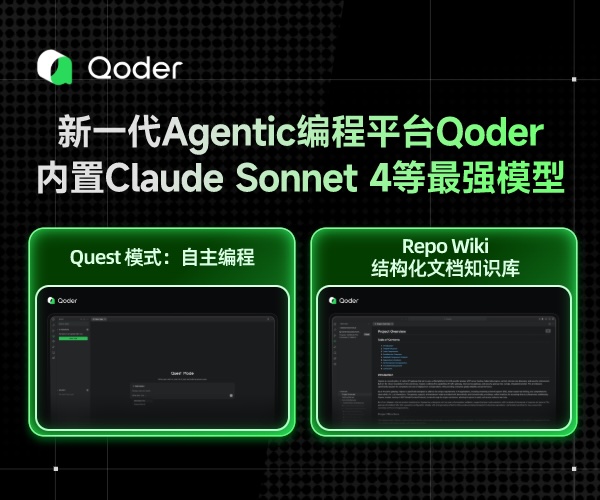第一章Python数据结构和算法(查找最大或最小的N个元素heapq)
1.4 查找最大或最小的 N 个元素
普及heapq模块的用法:
#堆模块heapq import heapq #初始化h h=[9,5] #把3入堆 heapq.heappush(h,3) print(h) #[3, 5, 9] #把7入堆 heapq.heappush(h,7) print(h) #[3, 5, 9, 7] #把11入堆 heapq.heappush(h,11) print(h) #[3, 5, 9, 7, 11] #弹出最小值 heapq.heappop(h) print(h) #[5, 7, 9, 11] #堆中最小值换成-2 heapq.heapreplace(h,-2) print(h) #[-2, 7, 9, 11] #返回堆中最大的两个数 h1=heapq.nlargest(2,h) print(h1) #[11, 9] #返回堆中最小的三个数 h2=heapq.nsmallest(3,h) print(h2) #[-2, 7, 9] #堆排序 l=[heapq.heappop(h) for i in range(len(h))] print(l)
问题
怎样从一个集合中获得最大或者最小的 N 个元素列表?
解决方案
heapq 模块有两个函数:nlargest() 和 nsmallest() 可以完美解决这个问题。并且接受关键字参数,用于复杂的数据结构中:
import heapq
portfolio = [
{'name': 'IBM', 'shares': 100, 'price': 91.1},
{'name': 'AAPL', 'shares': 50, 'price': 543.22},
{'name': 'FB', 'shares': 200, 'price': 21.09},
{'name': 'HPQ', 'shares': 35, 'price': 31.75},
{'name': 'YHOO', 'shares': 45, 'price': 16.35},
{'name': 'ACME', 'shares': 75, 'price': 115.65}
]
cheap = heapq.nsmallest(2, portfolio, key=lambda x: x['price'])
print(cheap)
#[{'name': 'YHOO', 'shares': 45, 'price': 16.35}, {'name': 'FB', 'shares': 200, 'price': 21.09}]
expensive = heapq.nlargest(2, portfolio, key=lambda x: x['price'])
print(expensive)
#[{'name': 'AAPL', 'shares': 50, 'price': 543.22}, {'name': 'ACME', 'shares': 75, 'price': 115.65}]
上面代码在对每个元素进行对比的时候,会以 price 的值进行比较。
讨论
如果你想在一个集合中查找最小或最大的 N 个元素,并且 N 小于集合元素数量,那么这些函数提供了很好的性能。因为在底层实现里面,首先会先将集合数据进行堆排序后放入一个列表中:
import heapq nums = [1, 8, 2, 23, 7, -4, 18, 23, 42, 37, 2] #列表转堆 heapq.heapify(nums) print(nums) #第一个元素最小 #[-4, 2, 1, 23, 7, 2, 18, 23, 42, 37, 8] #弹出最小的元素,剩下最小的放在最前 heapq.heappop(nums) print(nums) #[1, 2, 2, 23, 7, 8, 18, 23, 42, 37]
说明:
堆数据结构最重要的特征是 heap[0] 永远是最小的元素。并且剩余的元素可以很容易的通过调用 heapq.heappop() 方法得到,该方法会先将第一个元素弹出来,然后用下一个最小的元素来取代被弹出元素(这种操作时间复杂度仅仅是 O(log N),N 是堆大小)。
当要查找的元素个数相对比较小的时候,函数 nlargest() 和 nsmallest() 是很合适的。如果你仅仅想查找唯一的最小或最大(N=1)的元素的话,那么使用 min() 和max() 函数会更快些。类似的,如果 N 的大小和集合大小接近的时候,通常先排序这个集合然后再使用切片操作会更快点(sorted(items)[:N] 或者是 sorted(items)[-N:])。需要在正确场合使用函数 nlargest() 和 nsmallest() 才能发挥它们的优势(如果N 快接近集合大小了,那么使用排序操作会更好些)。
尽管你没有必要一定使用这里的方法,但是堆数据结构的实现是一个很有趣并且值得你深入学习的东西。基本上只要是数据结构和算法书籍里面都会有提及到。heapq模块的官方文档里面也详细的介绍了堆数据结构底层的实现细节。



 浙公网安备 33010602011771号
浙公网安备 33010602011771号